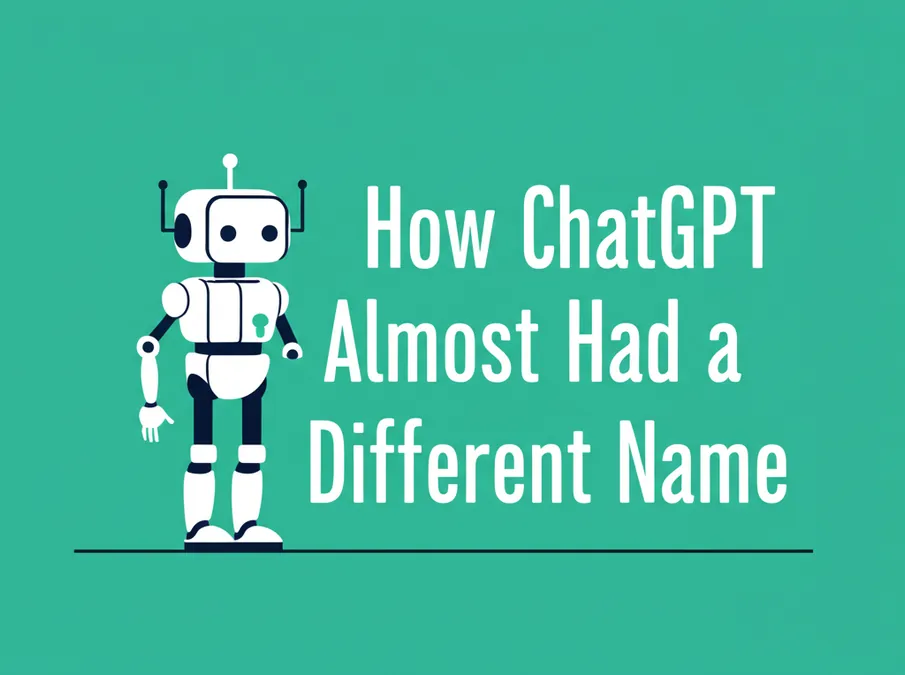Developer Offer
Try ImaginePro API with 50 Free Credits
Build and ship AI-powered visuals with Midjourney, Flux, and more — free credits refresh every month.
Why AI Models Are Obsessed With The Number 27
In the world of artificial intelligence, odd patterns often emerge that capture our imagination and challenge our understanding. While pop culture has long mythologized 42 as the "answer to life, the universe, and everything," a different number has been quietly appearing in AI responses: 27. This article explores why AI models seem to have a strange fixation on this number and what it might reveal about our own perceptions and biases.
Uncovering a Curious Pattern
A simple experiment reveals this surprising trend. If you ask various chatbots like ChatGPT, Gemini, or Claude to "choose a number between 1 and 50," you will notice that 27 is a remarkably common answer. As highlighted in a Medium article by Kartikey Sengar, this consistent result across different platforms is too frequent to be a random coincidence. It leads to important questions about the foundational data and algorithms these powerful models might share, which could influence their seemingly independent choices.
A Mirror to Human Psychology
It's crucial to remember that AI models like ChatGPT are not thinking for themselves; they are products of human design. Trained on massive datasets of text and media, their primary function is to recognize and replicate human patterns of language and thought. Therefore, the AI's preference for 27 likely reflects our own collective, and often subconscious, fascination with the number. This is a clear example of how AI can become a mirror to our own hidden biases, a topic of interest as leaders like Sam Altman push for revolutionary new devices.
The Cultural Significance of 27
Numbers often carry symbolic weight in our culture, and 27 is rich with meaning. It holds significance in both science and culture. For instance, the Moon orbits the Earth in about 27 days, a cycle that also aligns with the average time it takes for human skin cells to regenerate. In some religions, it is seen as a symbol of perfection. More darkly, the "27 Club" immortalizes a group of iconic artists who passed away at that age, adding a layer of cultural mystique. When an AI picks 27, it's likely tapping into this web of scientific and cultural associations embedded in its training data, a process as complex as the development of new AI-driven hardware revolutions.
What AI Choices Reveal About Us
Ultimately, the fixation of AI models on the number 27 provides a unique look at the crossroads of human and machine cognition. Are these systems exposing our collective subconscious? The answer likely lies within the countless cultural references and human tendencies captured in their training data. By reflecting these patterns back at us, AI acts as a tool for introspection, forcing us to examine the symbols we value and the assumptions we make. This is part of a larger trend where AI is challenging the dominance of established tech giants. The strange case of the number 27 is a reminder that as we teach machines about our world, they, in turn, teach us about ourselves. What other biases will they reveal next?
Compare Plans & Pricing
Find the plan that matches your workload and unlock full access to ImaginePro.
| Plan | Price | Highlights |
|---|---|---|
| Standard | $8 / month |
|
| Premium | $20 / month |
|
Need custom terms? Talk to us to tailor credits, rate limits, or deployment options.
View All Pricing Details

